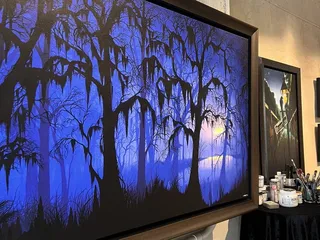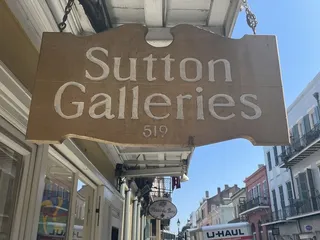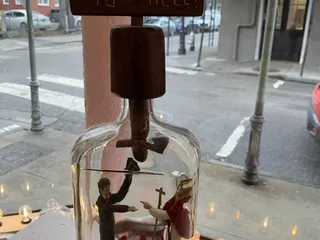 M Contemporary
M Contemporary
 M Contemporary
M Contemporary

Fashionistas
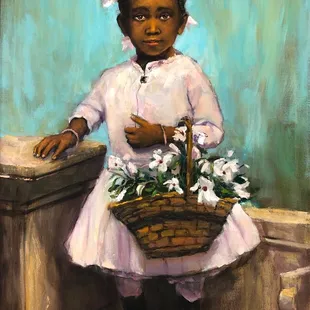
Easter Sunday
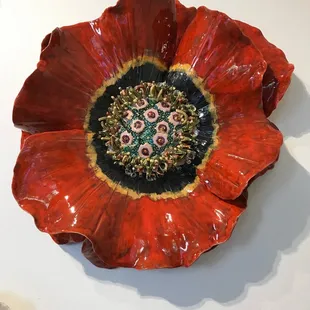
Wallflower
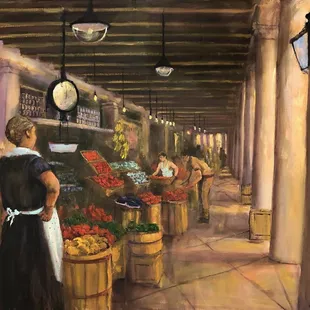
Old French Market
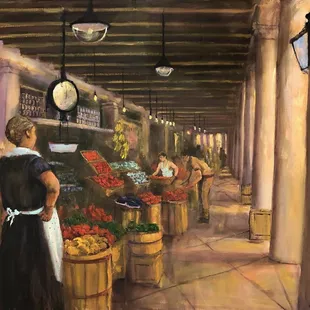
Old French Market

Canal Street

Gold Landscape

Fusion
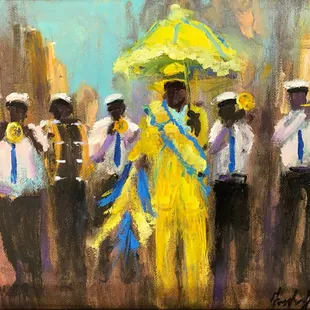
Second line
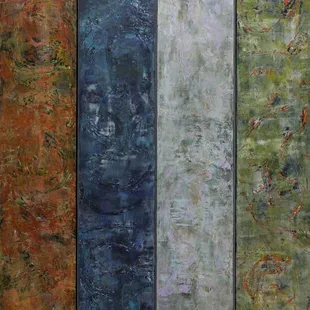
Between the Night

A Sunday Planting

Yoruba Beaded Vest
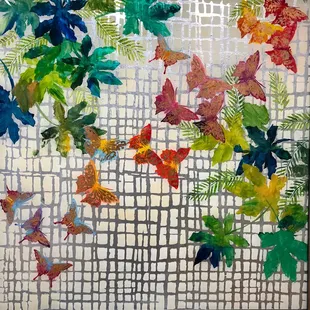
Spring

Perfect pairing

Citron Butterflies

Steam Boats
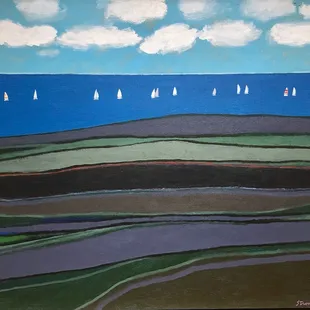
Coastline
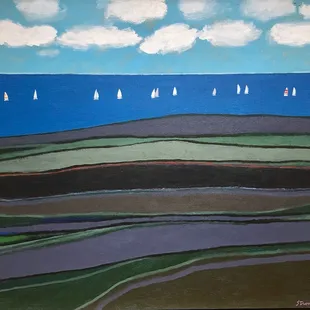
Coastline

1920 Rex on canal Street

"Moving Between Us", 48" x 48" Hilario
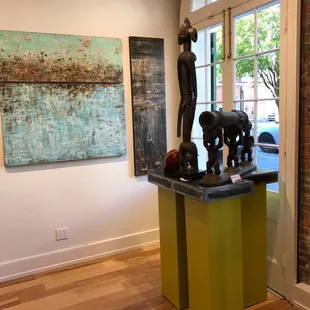


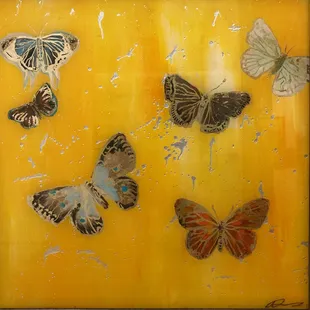

Josh B.
Nov 13, 2024
Steer clear; owner demands full cash payment up front from out of town buyers without any protection if the piece never arrives or arrives damaged. We've bought a lot of art while traveling, and this is the first time a gallery owner wouldn't let us pay in a way where we were protected. A huge red flag. So we skipped buying the piece we liked and moved on. It's too bad he represents his artists this way -- his ruffled feathers prevented the sale for no good reason.
Read More
Kym V.
Aug 4, 2019
One of my favorite gallery's on Julia St. I especially like the ceramic pieces created by George Alexander. I didn't leave empty handed!
Read More
Jim L.
Feb 27, 2018
Pulp at M Contemporary in Ferndale The space is small, storefront and highly visible from the street. The gallery while welcoming, still oozes commercial ambitions of the organization. The works presented were safe and quick to read, populated by mostly works on paper, which had obvious intentions to sell. This made the show for the most part rather disappointing. As I was making my round through the space I was stopped by a piece hanging in the center of the back wall. It immediately invokes a Home Depot minimalist aesthetic. Its hanging system was laid out plainly along the top of the piece, accentuating its honest intentions. Nothing about the work was technically inaccessible, the artist didn't need painterly or sculptural gimmicks to keep you visually interested. I had no interest in playing games and the work understood that. Below the hanger was a large six by three foot wooden box about eight inches deep. The object was painted with white house paint and framed by a store bought molding, also painted white. The box was suspended above the gallery floor by only a mere inch, challenging the gravitational hold of gestalt composition, without keeping the viewer too uneasy. Situated on the box within the frame was a small drawing, the details of it escapes me and I can only assume that it was unimportant. If it was important than I of course would have the details. That ambiguity around the immediately recognizable "art object" just validates the truer intentions of the object. Perhaps the drawing was actually playing at being just a drawing. This self referential caricaturish position the drawing played embedded itself seamlessly into the system of object based language teeming through the work. The fact that the method of display held so much more of an impressive presence than the work itself blurs the lines between that separation. The question now is whether or not a viewer would be able to realistically separate those two. It almost seems that the functions could be switched, was the drawing on the box to validate it as a work of art? This would realistically allow that object to exist in the gallery in the first place, and could be considered its method of display. Is the object framed by the drawing? Or is it the other way around? I knew this set of questions was much too apparent in the work for this to be seen any other way. The complex system of shifting functions among the objects elucidated the function and form of the wall as well, hidden in plain sight. I suppose even the object itself was longing to be a part the wall, to appropriate its unassuming presence and massive scale, under textural and color camouflage. This was the only work in the gallery that seemed to actually be aware of its surroundings, playfully bringing the viewers attention to the form of a storefront, white walled, gallery. In the presence of this work all aspects of the gallery are made clear, the wine table, which had the same three foot diameter, was sitting six feet in front of the work, effectively mirroring the dimensions, only to shuffle them up again. Was the wine table a part of the work? Certainly the shift from object to installation cannot be ruled out of the theoretical ambitions of the work. This logic of course can go on for as long as anyone is willing, but the work still seemed willing to lend itself to that intellectual and spacial gauntlet. Where does the work stop then. Where ever the viewer wants it to, which perfectly illustrates the sensitivity needed to create such a work. This artist had no intentions of taking up space that wasn't welcome to them, but its done so softly through such a careful system of formal exploration that its presence in the viewer's personal space felt soft, and almost warm. This was not a work done by cold machines of canon based production, who's work populated the gallery walls. This was done by what all great contemporary works are made of, humans. I am rarely reminded of this fact so completely. I couldn't stand to be in the presence of this object any longer without knowing who had instigated its conception. After asking the director who had done this work, I was met with a slightly surprised look. After composing themself they had informed me that the work was in fact a door to the storage room behind the gallery that they simply put a drawing over top of to take advantage of the wall space. I was elated to hear that this object could hold such a mundane function that lends itself to so nicely to discussions on space, but knowing that it was just a door was pretty big buzzkill. At that point I had nothing else to really do but place whichever bottle of wine looked the most expensive into my jacket pocket and make my way out of the gallery and onto the street. 6/10
Read More
